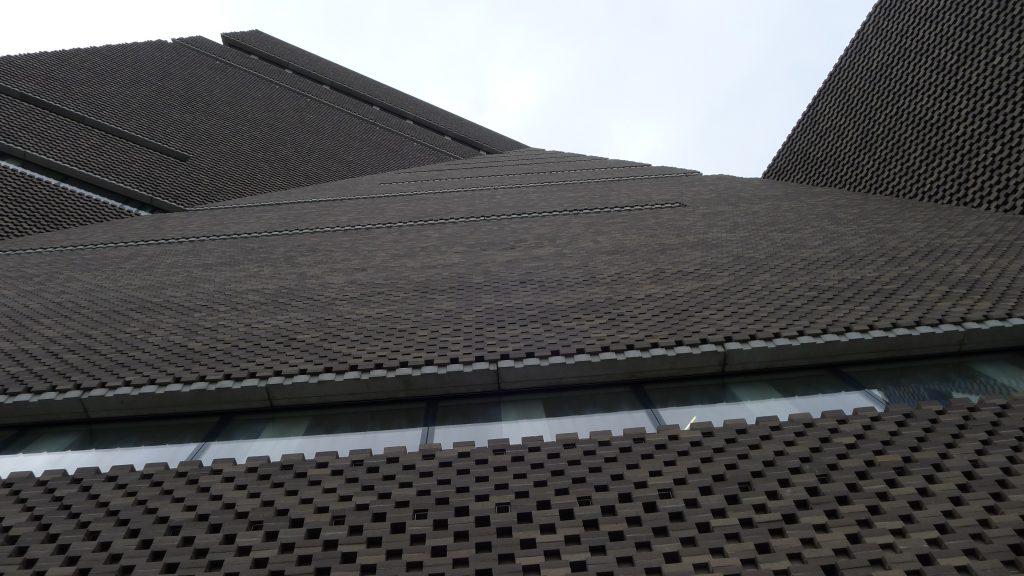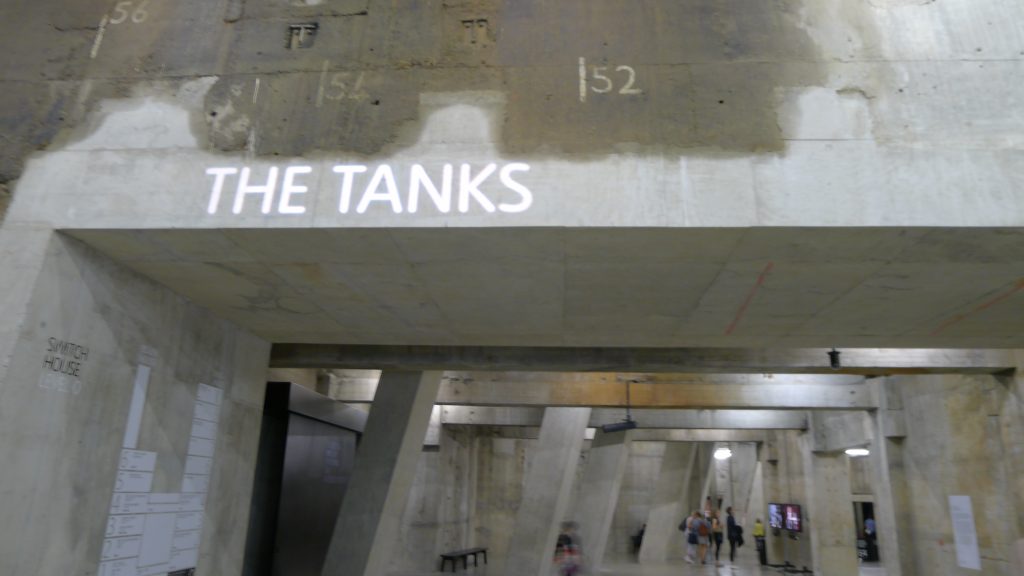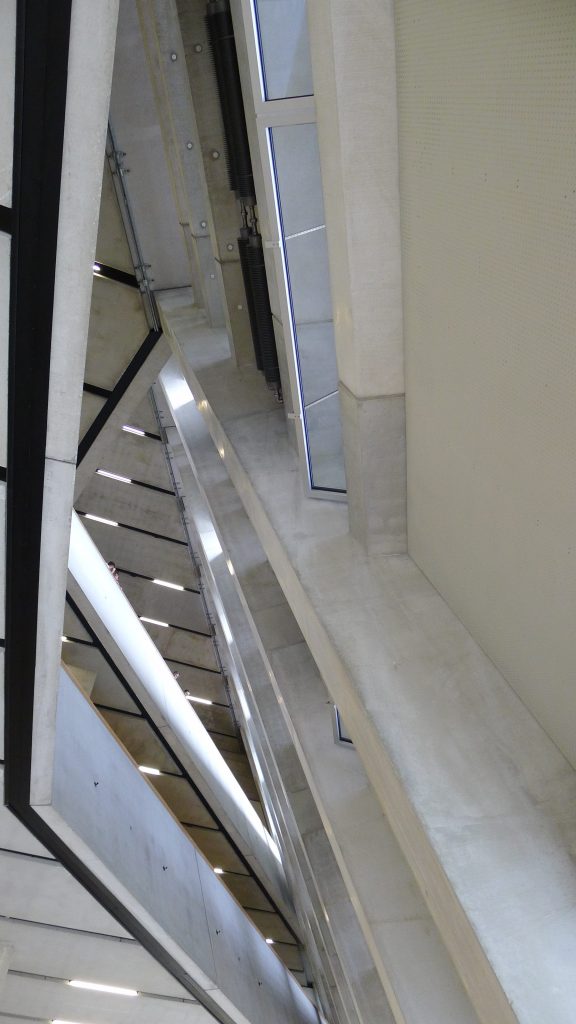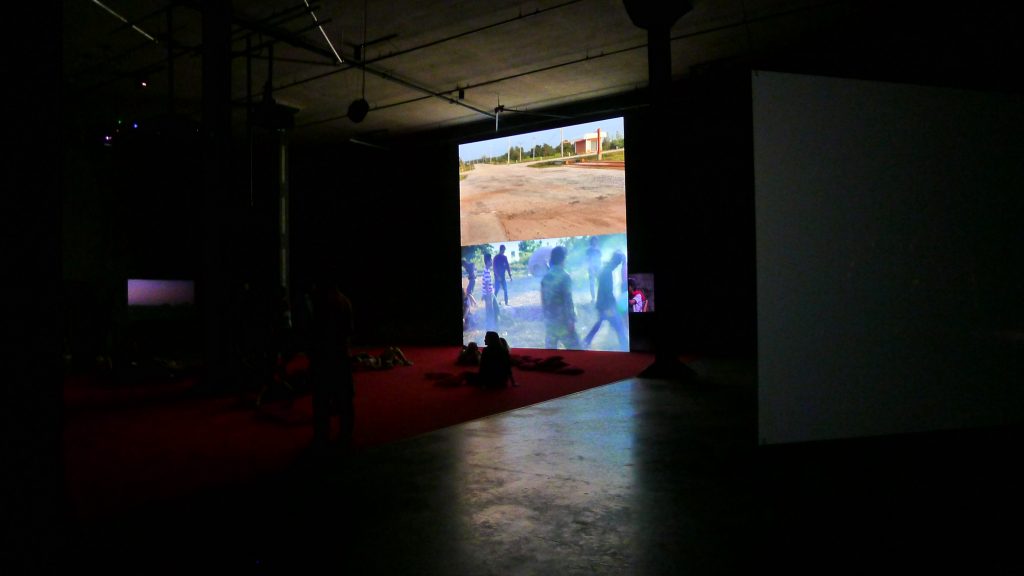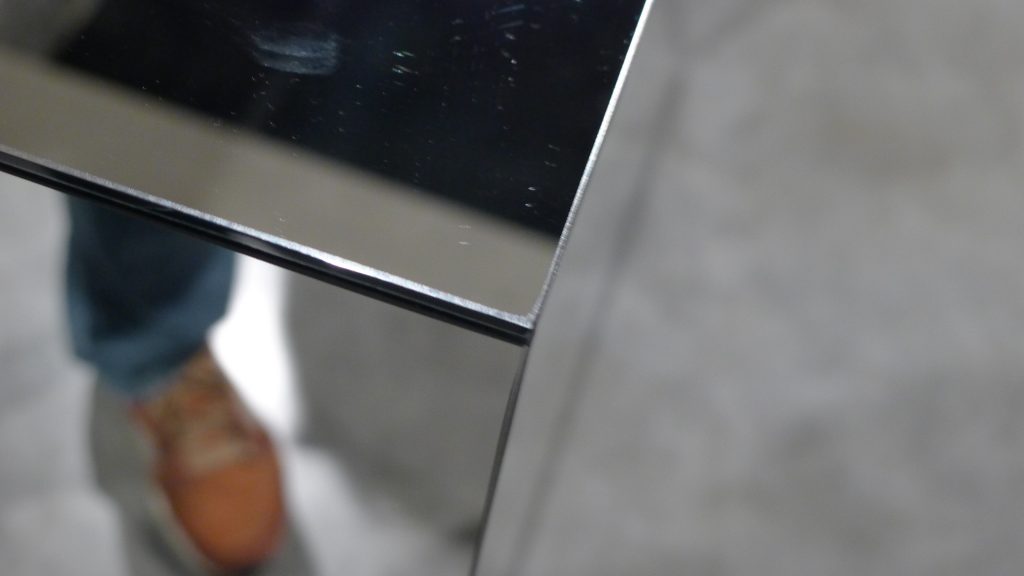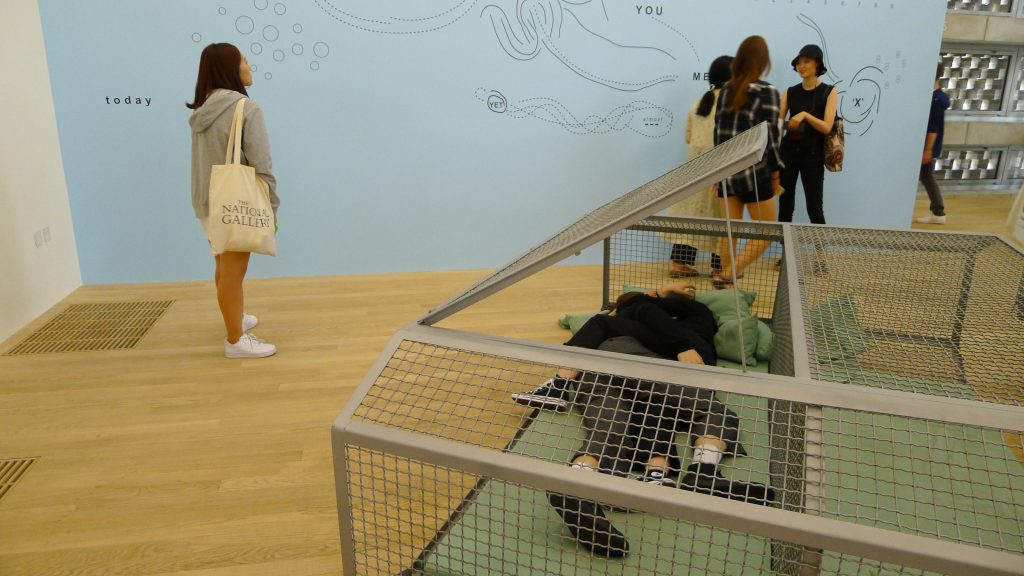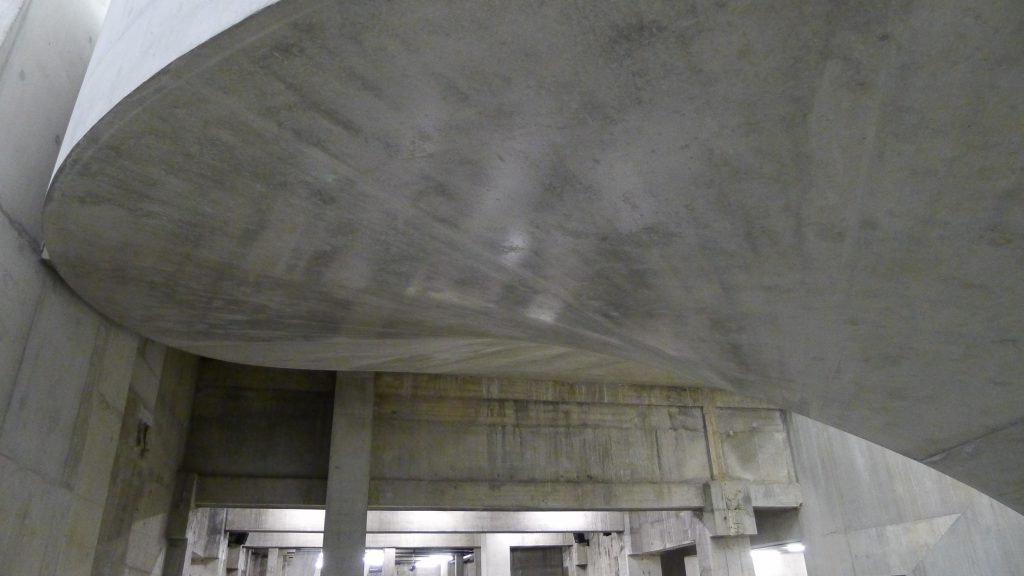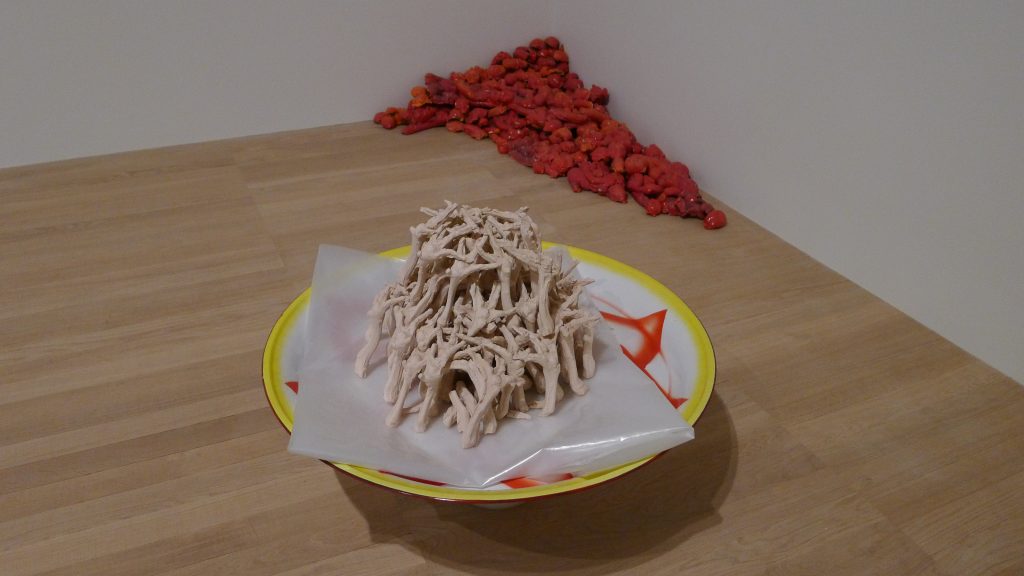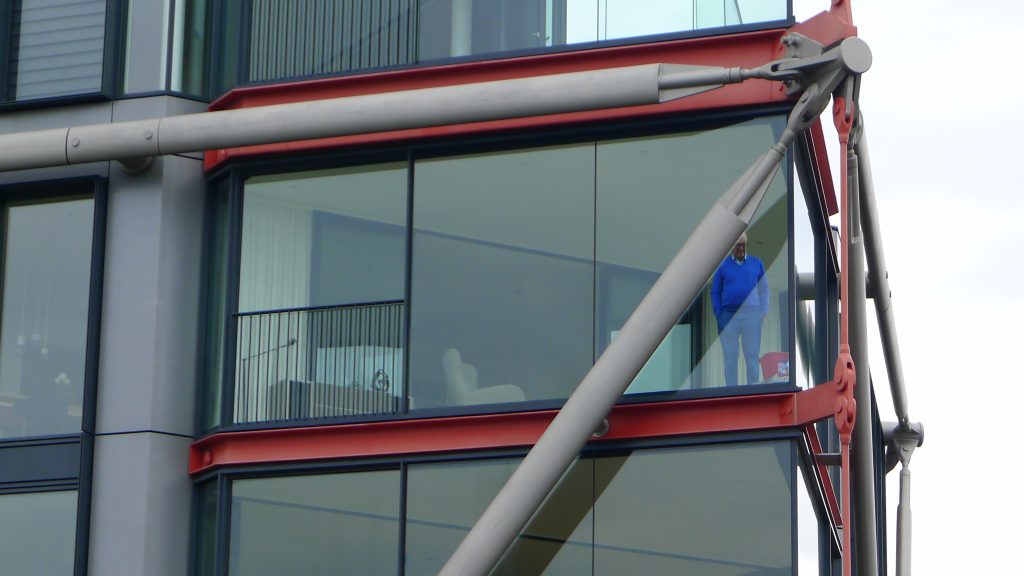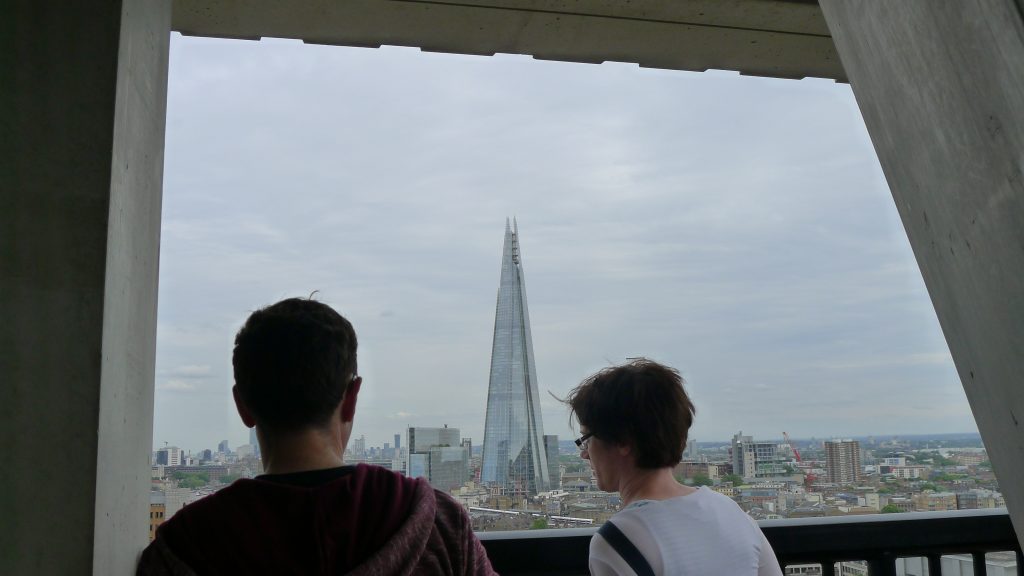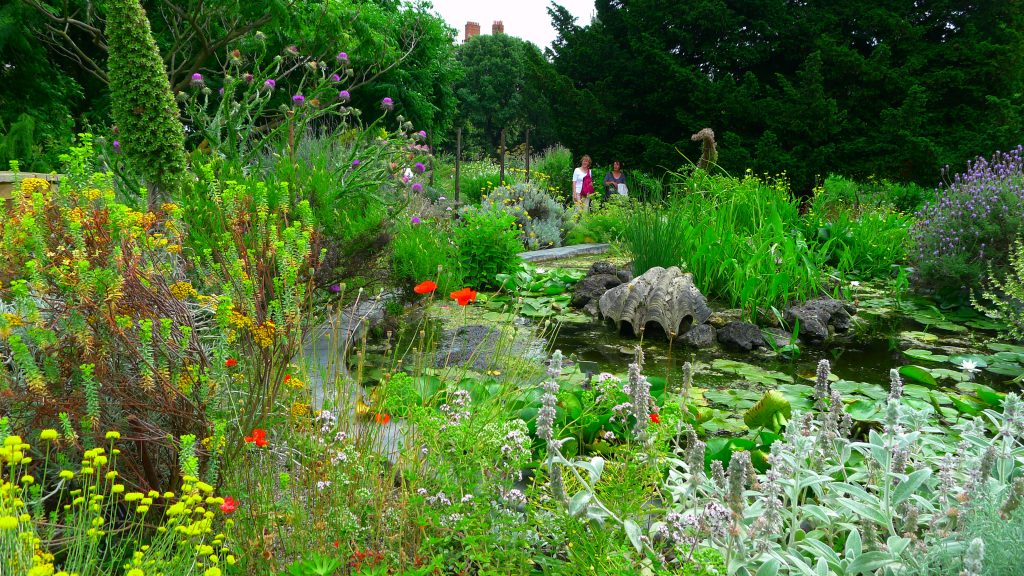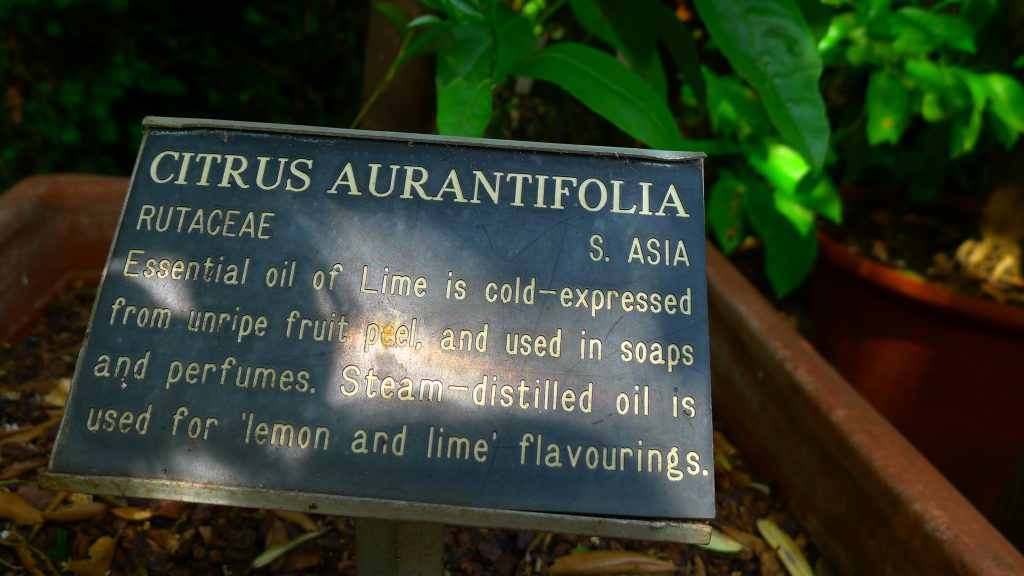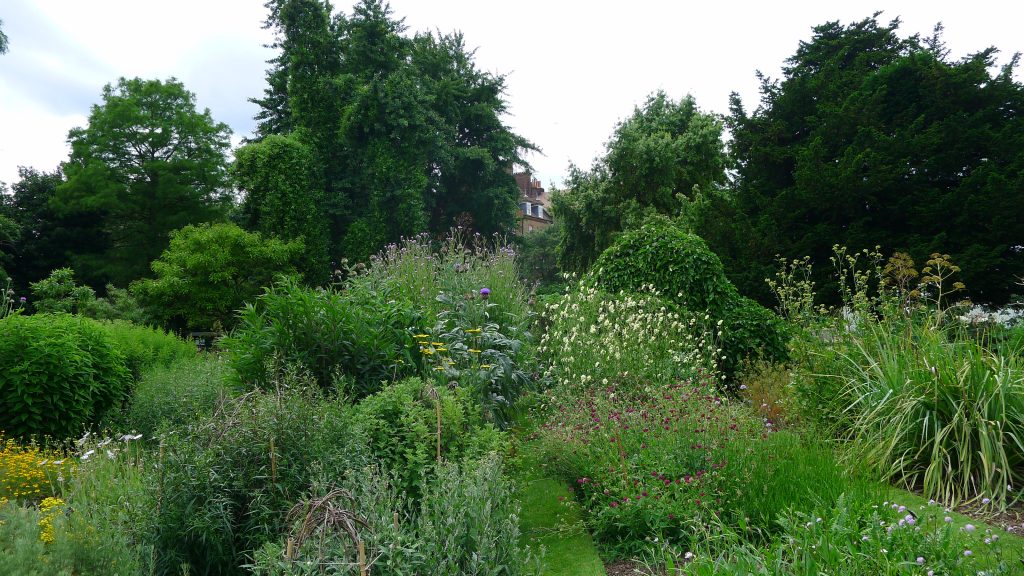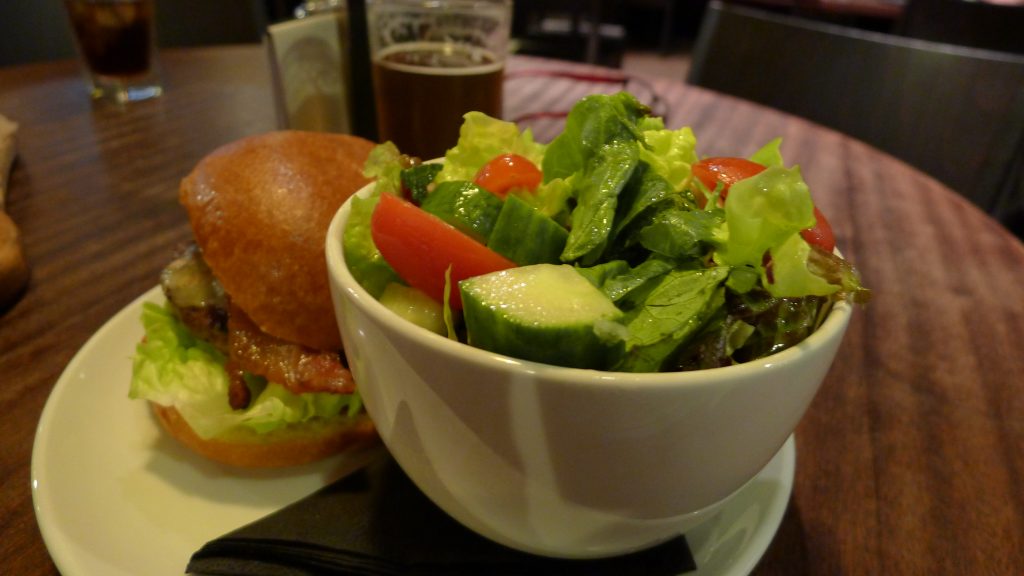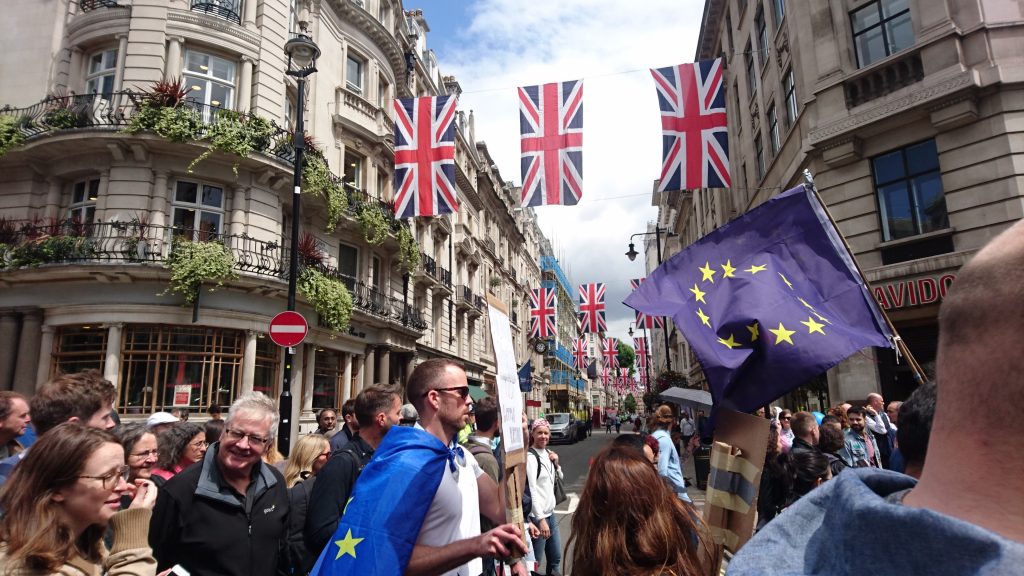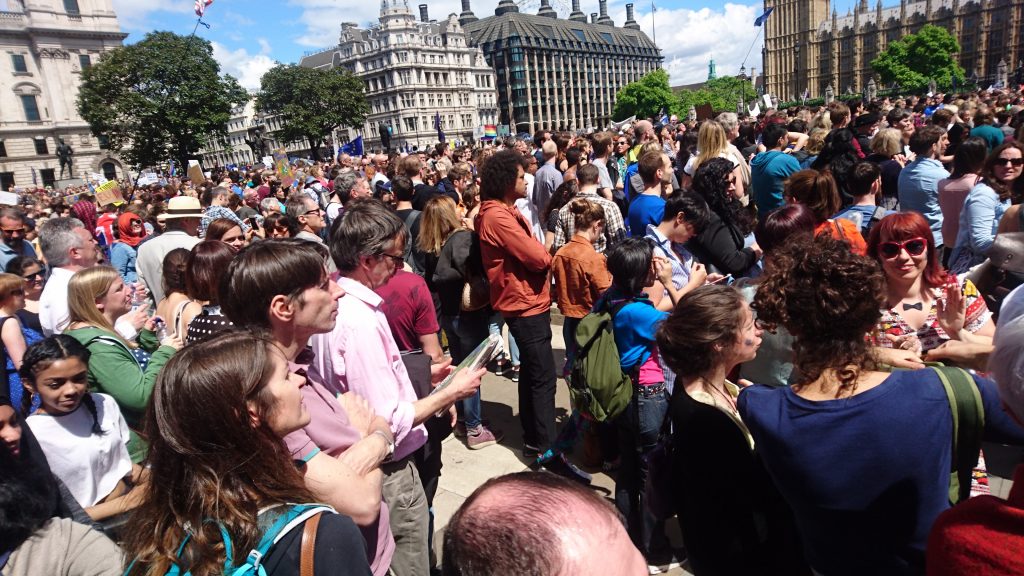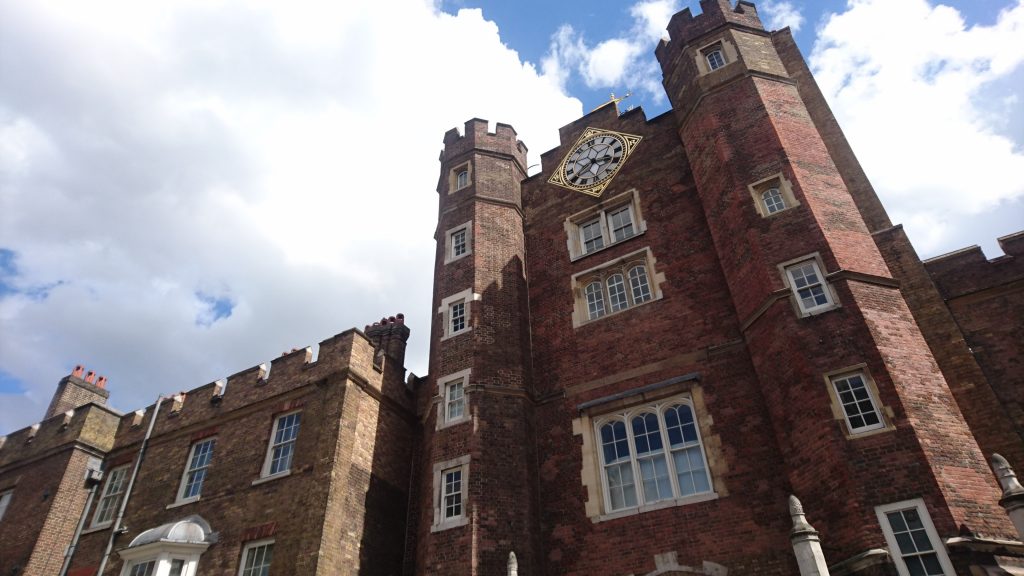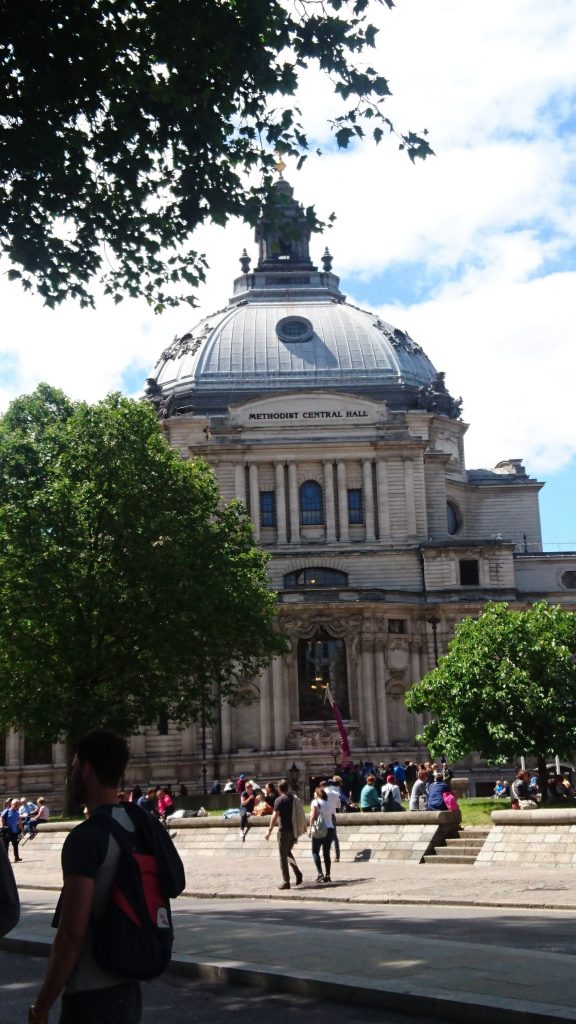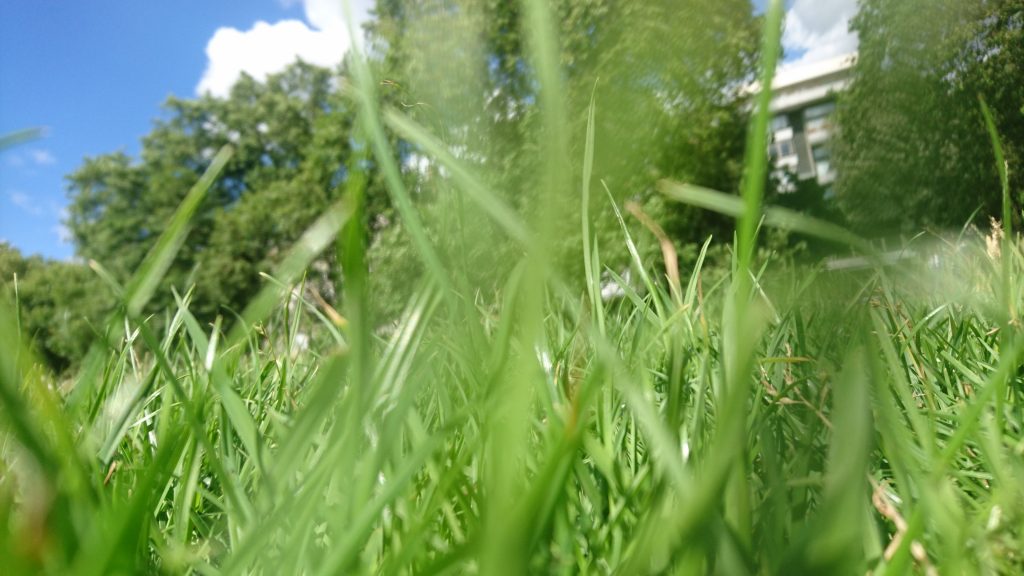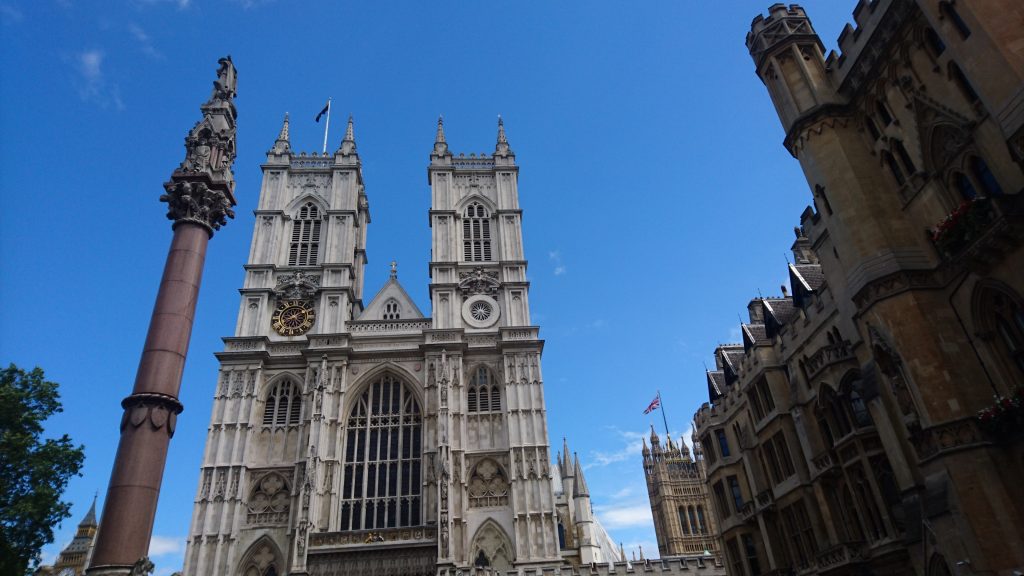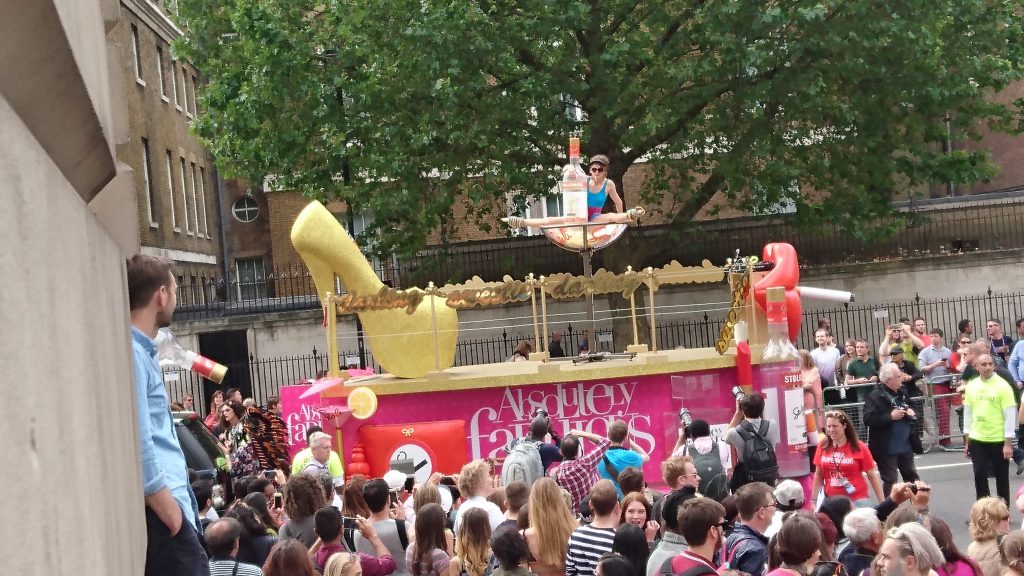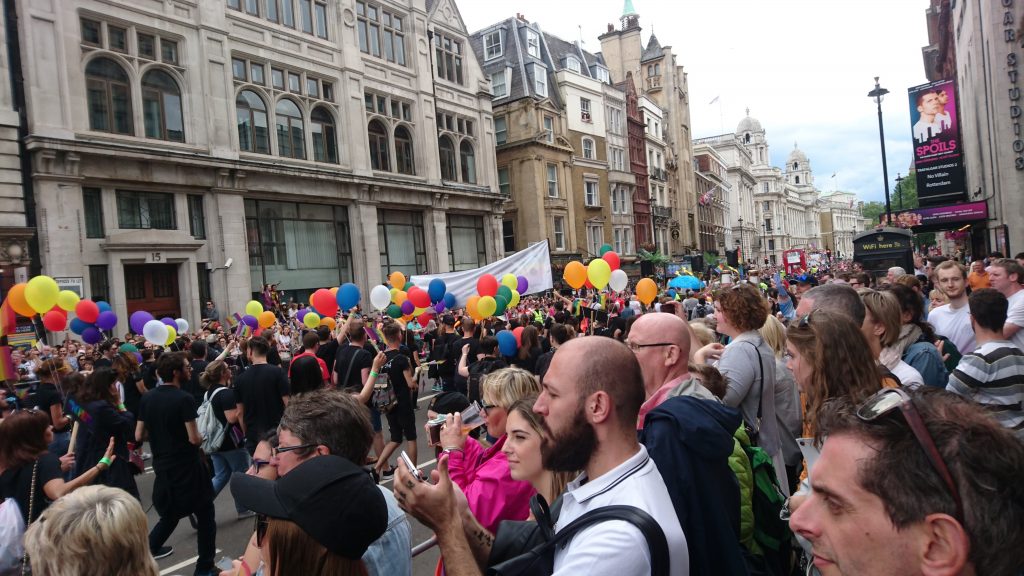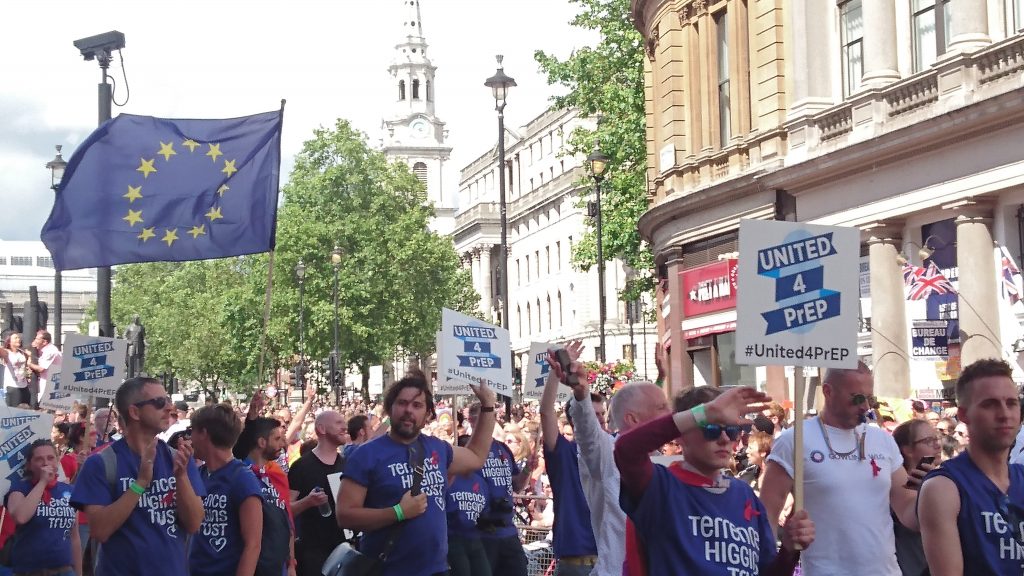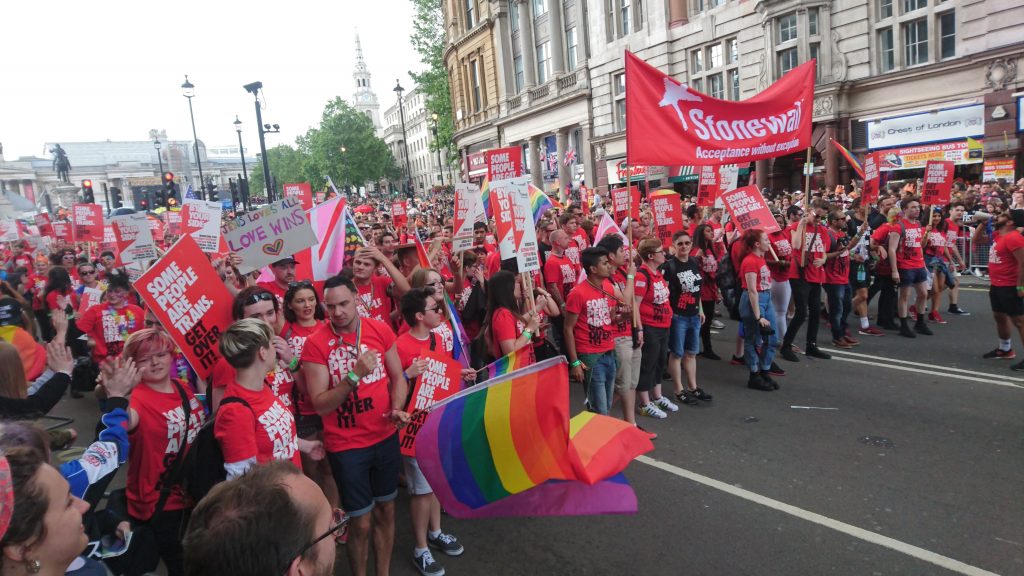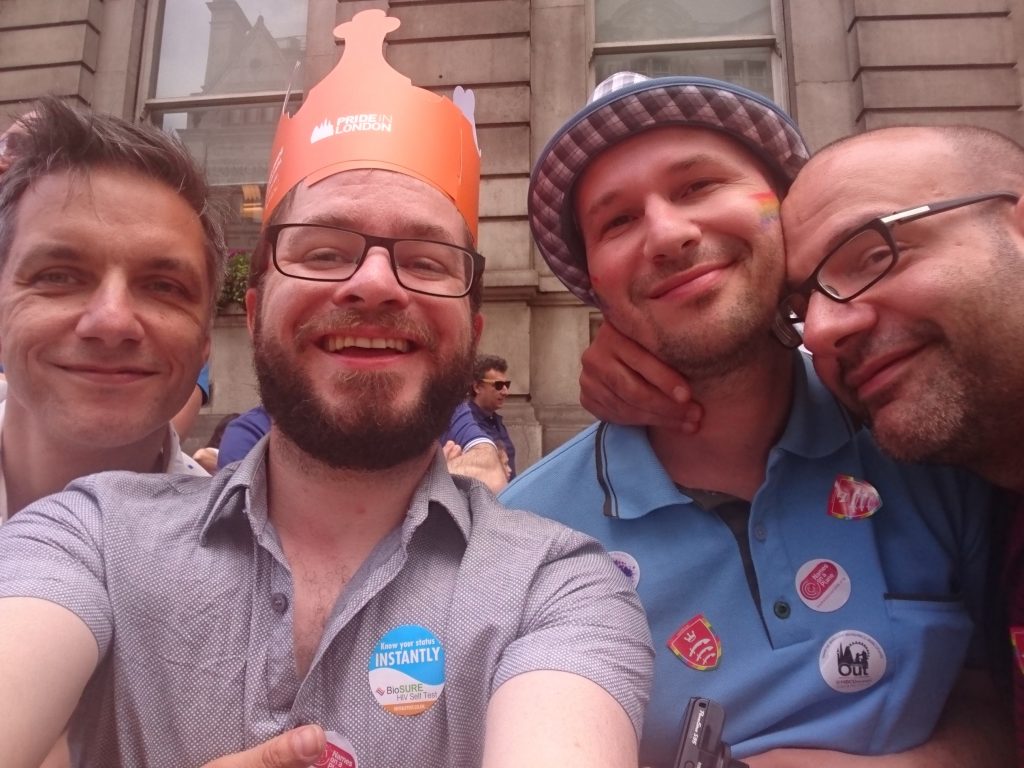Once, in Oslo’s National Museum, I was one of four people in the world looking at their copy of Edvard Munch’s The Scream. The painting was accompanied by a guard and was behind a case as it kept getting nicked, but other than that, my friends and I were blissfully alone with this masterpiece and free to admire it from as many angles as we pleased. Imagine being able to say the same of Van Gogh’s Sunflowers or Da Vinci’s Mona Lisa, now eternally blocked not only by people but also their smartphones.
Fast forward some years, and the British Museum’s Edvard Munch exhibition is a hellscape of tourists and people craning their necks to see the works on display, but what works they are. The lithograph of The Scream (1895) is no less sensational when viewed up close, and I was able to see it in a brief moment when the hordes were elsewhere. The exhibition is a detailed exploration of his work and influences and starts with a self-portrait of Munch with a skeleton hand. It sets the tone of everything that follows, one of despair, morbidity and grief that haunted his work throughout his life. To say the exhibition shows a man obsessed with the fragility of life is an understatement.

His life seemed to be a series of miserable situations, from his mother dying when he was five to his sister dying when he was thirteen. When you add to this the mental health of another sister and his own mental collapse, fuelled by alcohol, you can appreciate that his exhibition is not one filled with joy and it makes sense that the images he made lack human warmth and joy.
On display were Head by Head (1095) where a couple appear to be embracing, but the print suggests they are in the act of consolation rather than love. Eye in Eye (1894) shows a couple not looking at each other, but through each other. The woman’s hair covers much of her face and the man is a pallid colour, with sockets for eyes.

Other images show mothers, stricken in grief or children, holding their head in their hands as their own mothers lay dead. On display are versions of Dead Mother and child (1900) where a child is looking at us, wide eyed in disbelief and covering her ears. It’s a potent image that stayed with me throughout the exhibition.
Next to images by Munch are are examples of works he was inspired by, including the incredible Acid Thrower (1894) by Eugène Samuel Grasset. This work, showing a woman on edge holding a cup full of sulphuric acid that would disfigure a love rival, looks so modern and violent. Her hair is a shock of deep red, with a red background that makes her slightly green skin feel all the more sinister.


Munch was also inspired by Odilon Redon, whose Obsession left me in a momentary daze. There was something about the painting that made me think about how my own worries and anxieties would appear, if painted. I felt it was something like this, so much so that images I’d never seen felt familiar. What was most impressive about the exhibition is the multitude of ways in which sadness is displayed and how relatable it all was; human frailty on display is a frightening and beautiful thing. This frailty was sometimes evident in the ways the pictures seemed too harshly rendered, but most obviously in the hollow faces of people. Munch was quoted as saying he wouldn’t alter his moods because he owed so much of his output to this, which suddenly gives a sense of humanity to everything he did and everything displayed in the room.
The best place to see Munch’s work is the Munch museum in Oslo, currently moving to a new waterfront building in the city centre. It will open in 2020.



















